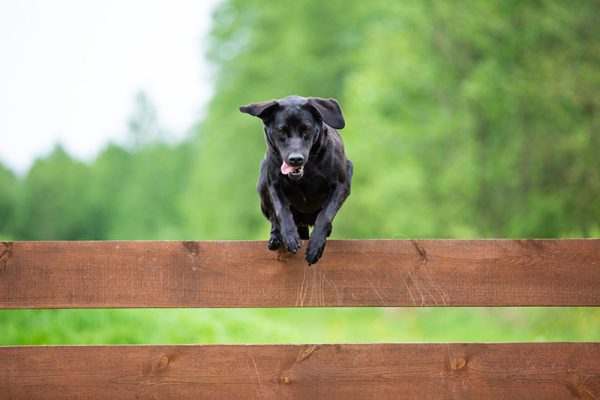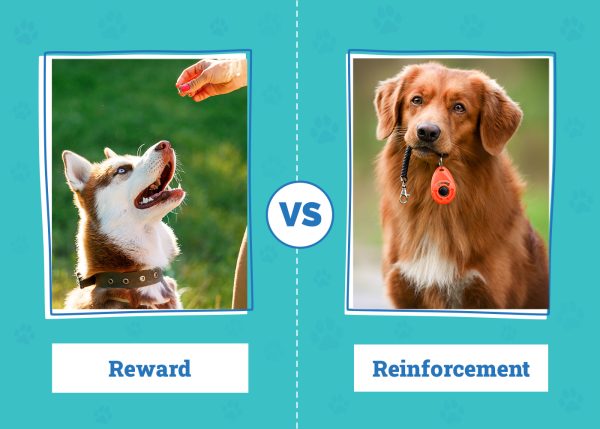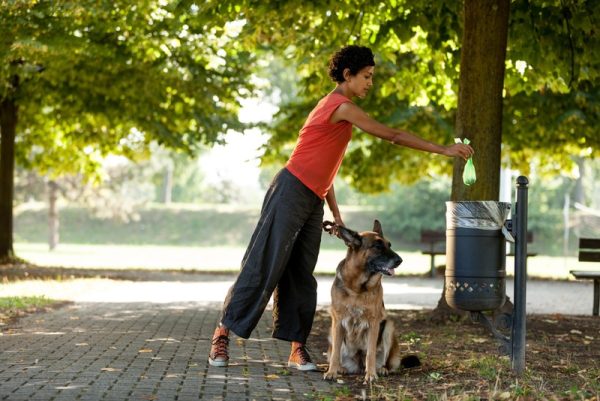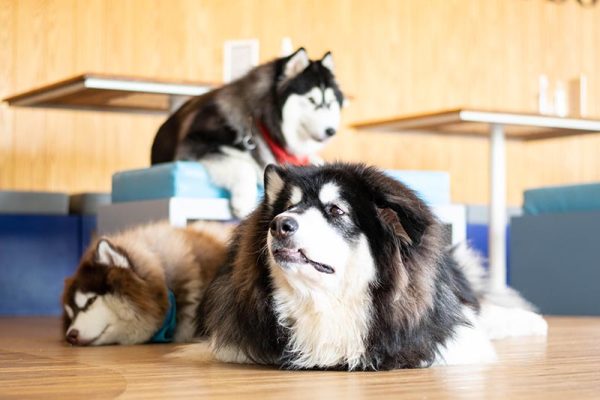In this article
Miniature Schnauzers are intelligent and highly trainable dogs, but they also have a great deal of energy, so it is important to start training them early, so they can get into a routine that they can continue to follow even as adults. If you just purchased a Miniature Schnauzer or are considering it but are worried about training them, keep reading for several vet-approved tips and tricks that will help make the process easier.

Preparation
Before you get started, learn about the Miniature Schnauzer, and research their temperament and training needs. Understand their energy levels, intelligence, and any breed-specific quirks. Designate a specific area in your home or yard as a training space, and let other family members know that it is off-limits when you’re training. Remove any distractions, and ensure that it is a safe and comfortable environment for your dog. Stock up on healthy treats, a clicker if you choose to use one, a leash, a collar or harness, and any other necessary training equipment.

The 13 Tips on How to Train a Miniature Schnauzer
1. Teach Basic Commands
Start by teaching your dog basic commands, such as “sit,” “stay,” “come,” and “lie down.” Focus on positive reinforcement techniques and avoid punishment at all costs.
2. Use Positive Reinforcement
Reward your Miniature Schnauzer with treats, praise, and play whenever they display the desired behavior. This positive reinforcement will motivate them to repeat the behavior, and they will likely be looking forward to completing tasks to get a reward.

3. House Train Them
Develop a consistent routine for bathroom breaks, and use crate training or confinement to prevent accidents. Reward your dog for eliminating in the appropriate area.
4. Start Recall Training
Strengthen your dog’s recall ability by teaching them to come when called, even before exposing them to distracting environments. A recall is a very basic but very important command that can save your dog’s life, so it needs to be a strong response and well-rewarded behavior. Start now so you can gradually increase the level of distraction as your dog becomes more reliable.

5. Gradually Expose Them to New Environments
Introduce your Miniature Schnauzer to various environments, people, and animals at an early age. It is very important to consider that before exposing them to public areas and other animals your puppy should have completed their vaccination schedule, which doesn’t mean you can’t expose them to friends and family and a variety of controlled environments. Gradually expose them to different things as they get comfortable. The more experiences your dog has, the more comfortable they will feel in strange environments. The goal should be to have your dog’s attention in challenging noisy environments, areas with many people, and dog parks.
6. Address Behavioral Issues
If your dog displays behavioral problems, such as excessive barking or jumping, use positive reinforcement techniques to redirect their behavior. For example, you can prompt your dog to perform a more desirable behavior, such as retrieving a ball or sitting or staying, and treat them when they obey. Ask a veterinarian about the correct positive reinforcement techniques. They can give you some useful advice.
If you need to speak with a vet but can't get to one, head over to PangoVet. It's our online service where you can talk to a vet online and get the advice you need for your pet — all at an affordable price!

7. Do Leash Training and Loose Leash Walking
Teach your dog to walk calmly on a leash without pulling. Practice loose leash walking, and reinforce good behavior with treats and praise.

8. Do Trick Training for Mental Stimulation
Engage your dog’s mind with trick training sessions. Teach them fun and challenging tricks like “roll over,” “play dead,” or “fetch.” This mental stimulation will keep them happy and attentive and will help prevent them from misbehaving at other times of the day.
9. Be Consistent
Consistency is crucial in training. Establish clear rules and boundaries and ensure that everyone involved in your dog’s care follows them consistently.
10. Be Patient
It can take even the smartest dogs several weeks to learn a new trick, so it is important to be patient with your pet. Never try to rush them or get angry or disappointed. If the dog senses that you are unhappy, they may not want to continue the sessions and might avoid them.

11. Keep Training Sessions Short
Miniature Schnauzers have a relatively short attention span, so keep training sessions brief, around 10–15 minutes at most, to maintain their focus.
12. Keep Training Sessions Engaging
Make the sessions fun and engaging by incorporating toys, games, and variety into the routine.

13. Hire a Professional
If you are struggling with specific training challenges or your Miniature Schnauzer has behavioral issues that you find difficult to address, consider consulting a professional dog trainer or behaviorist. They can provide expert guidance tailored to your dog’s individual needs.

Conclusion
Training a Miniature Schnauzer is not difficult, but it requires preparation, consistency, and positive reinforcement. Teach them basic commands early so they can be safe on walks and visiting parks, and slowly expose them to new things as they become comfortable. Keep the training sessions short and at regularly scheduled times to help get them into a routine. Address any behavioral issues quickly, and hire a professional if you are having problems.
See also:
Featured Image Credit: New Africa, Shutterstock



















